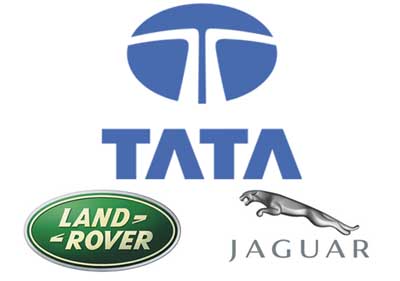The case provides an overview of the Arvind Mills’ expansion strategy, which resulted in the company’s poor financial health in the late 1990s. In the mid 1990s, Arvind Mills’ undertook a massive expansion of its denim capacity in spite of the fact that other cotton fabrics were slowly replacing the demand for denim. The expansion plan was funded by loans from both Indian and overseas financial institutions. With the demand for denim slowing down, Arvind Mills found it difficult to repay the loans, and thus the interest burden on the loans shot up. In the late 1990s, Arvind Mills ran into deep financial problems because of its debt burden. As a result, it incurred huge losses in the late 1990s. The case also discusses in detail the Arvind Mills debt-restructuring plan for the long-term debts being taken up in February 2001. Issues: » Debt driven expansion plan, financial restructuring of Continue reading
Business Strategies
The Leveraged Buy-out Deal of Tata & Tetley
The case ‘The Leveraged Buyout Deal of Tata & Tetley’ provides insights into the concept of Leveraged Buyout (LBO) and its use as a financial tool in acquisitions, with specific reference to Tata Tea’s takeover of global tea major Tetley. This deal which was the biggest ever cross-border acquisition, was also the first-ever successful leveraged buy-out by any Indian company. The case examines the Tata Tea-Tetley deal in detail, explaining the process and the structure of the deal. The case helps them to understand the mechanism of LBO. Through the Tata-Tetley deal the case attempts to give students an understanding of the practical application of the concept. In the summer of 2000, the Indian corporate fraternity was witness to a path breaking achievement, never heard of or seen before in the history of corporate India. In a landmark deal, heralding a new chapter in the Indian corporate history, Tata Tea Continue reading
Mergers and Acquisitions – Synergies through Consolidation
Synergy implies a situation where the combined firm is more valuable than the sum of the individual combining firms. It is defined as ‘two plus two equal to five’ (2+2>4) phenomenon. Synergy refers to benefits other than those related to economies of scale. Operating economies are one form of synergy benefits. But apart from operating economies, synergy may also arise from enhanced managerial capabilities, creativity, innovativeness, R&D and market coverage capacity due to the complementarily of resources and skills and a widened horizon of opportunities. An under valued firm will be a target for acquisition by other firms. However, the fundamental motive for the acquiring firm to takeover a target firm may be the desire to increase the wealth of the shareholders of the acquiring firm. This is possible only if the value of the new firm is expected to be more than the sum of individual value of the Continue reading
Case study: Tata Motor’s Acquisition of Jaguar and Land Rover
Tata Motors is the largest multi-holding automobile company in India and it is the fourth largest truck producer in the world. In addition, Tata Motors is also the second largest bus producer in the world, with the revenues of US$ 8.8 billion in the financial year 2008. Since its establishment in 1945, Tata Motors has grown significantly in the past 60years with the strategies of joint venture, acquisition and launched new products in different market segments (i.e. passenger cars, commercial vehicles and utility vehicles). A significant breakthrough for Tata was the development and commercialization of the truly Indian cars and they are Tata Indica (1998) and Tata Indigo (2002). Tata Motors has experienced many joint ventures with Daimler Benz, Cummis Engine Co. Inc., and Fiat. In the year 2008, there were two most significant events which have had a momentous impact on the scale of the Company’s operations and its Continue reading
Financial problems of mergers and consolidation
After merger and consolidation the companies face a number of financial problems. The liquidity of the companies has to be established afresh. The merging and consolidating companies pursue their own financial policies when they are working independently. A number of adjustments are required to be made in financial planning and policies so that consolidated efforts may enable to improve short term and long term finances of the companies. Some of the financial problems of merging and consolidating companies are discussed as follow: Cash management. The Liquidity Problem is the usual problem faced by acquiring companies. Before merger and consolidation, the companies had their own method of payments, cash behavior pattern and arrangements with financial institutions. The cash pattern will have to be adjusted according to the present needs of the business. Credit policy. The credit policies of the companies are unified so that same term and conditions may be applied Continue reading
Financing of Mergers and Acquisitions
Mergers are generally differentiated from acquisitions partly by the way in which they are financed and partly by the relative size of the companies. Various methods of financing an Mergers & Acquisitions deal exist: a) Payment by cash Such transactions are usually termed acquisitions rather than mergers because the shareholders of the target company are removed from the picture and the target comes under the (indirect) control of the bidder’s shareholders alone. A cash deal would make more sense during a downward trend in the interest rates. Another advantage of using cash for an acquisition is that there tends to lesser chances of EPS dilution for the acquiring company. But a caveat in using cash is that it places constraints on the cash flow of the company. b) Equity share Financing or exchange of shares It is one of the most commonly used methods of financing mergers. Under this method Continue reading
